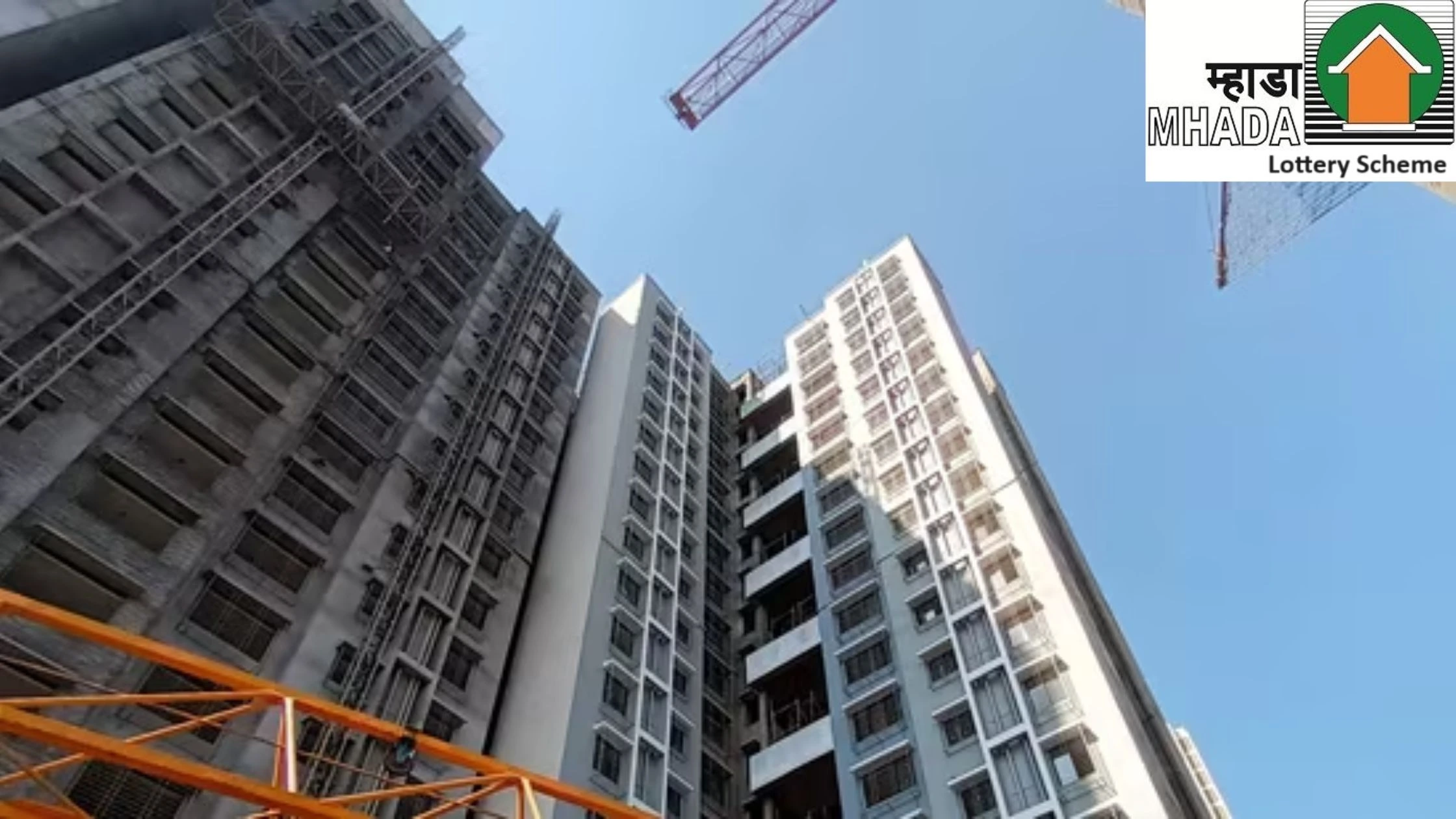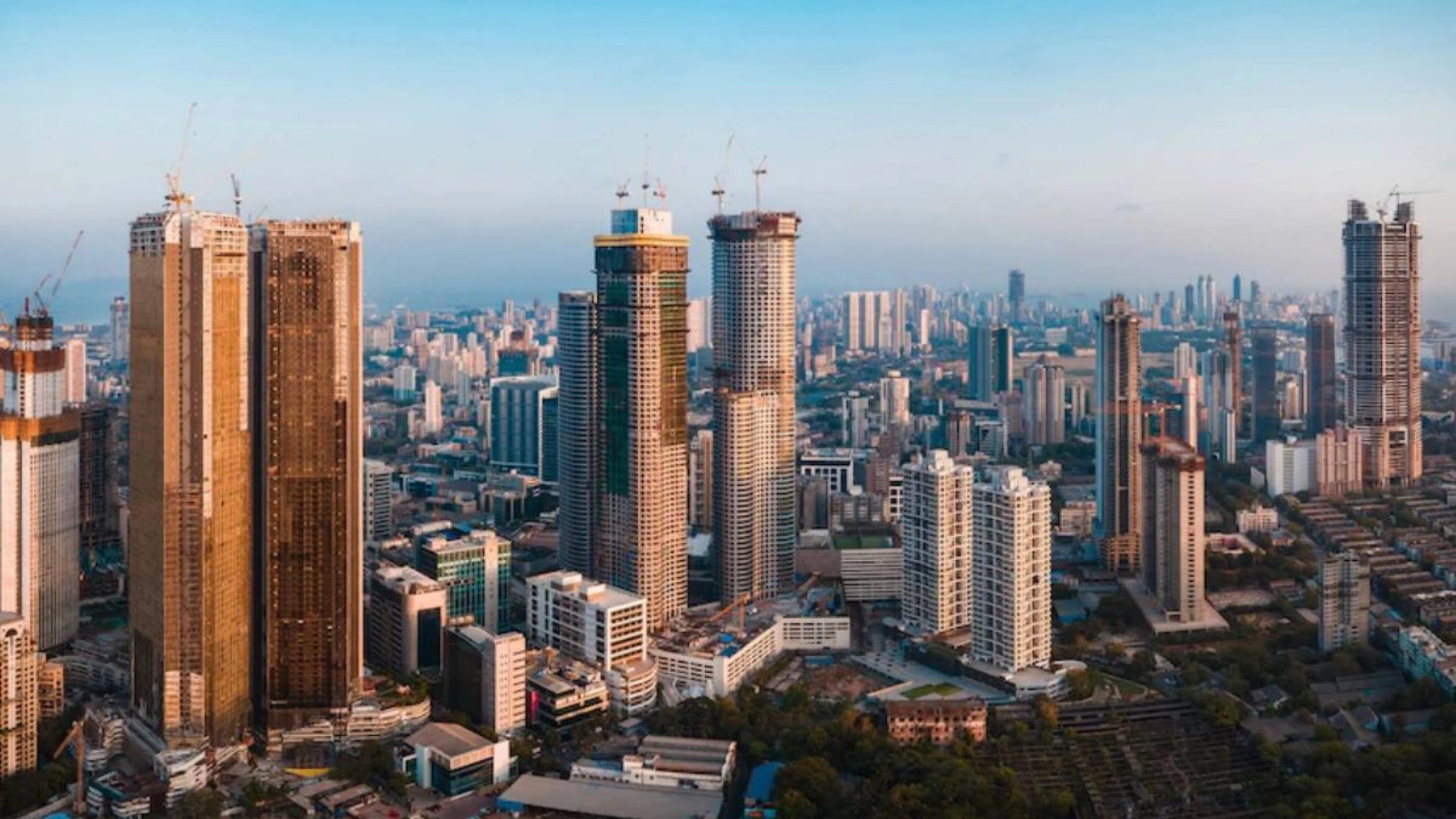Table of Content
- Market Overview: Sales Value Surges Despite Steady Volumes
- City-Wise Trends: NCR and Chennai Lead the Charge
- Value Growth Outpaces Volume Growth
- Luxury and Ultra-Luxury Segments Dominate New Supply
- Why Average Property Prices Are Rising
- Expert Insights: Market Segmentation and Sustainability
- Conclusion
India’s luxury housing market continues to defy broader market challenges, with new data projecting a nearly 19% year-on-year rise in total sales value to about ₹6.65 lakh crore in FY26. According to a recent analysis by Anarock, this growth will be powered primarily by the surge in high-ticket home transactions across the top seven cities, even as overall sales volumes remain stagnant.
The key takeaway is clear the country’s real estate growth story is shifting from a focus on quantity to quality. The luxury housing sales value in FY26 will be driven not by the number of homes sold, but by the increasing demand for premium and ultra-luxury properties that cater to affluent homebuyers, NRIs, and investors seeking long-term appreciation.
Market Overview: Sales Value Surges Despite Steady Volumes
In FY2025, the total housing sales value across India’s top seven cities NCR, MMR, Bengaluru, Pune, Chennai, Hyderabad, and Kolkata, stood at approximately ₹5.59 lakh crore, with around 4.22 lakh housing units sold. Despite a 14% decline in sales volumes compared to the previous year, overall transaction value grew by 6%, indicating a sharp uptick in per-unit pricing.
Looking ahead, Anarock projects that the luxury housing sales value in FY26 will cross ₹6.65 lakh crore, reflecting a strong preference for high-value homes. In the first half of FY26 alone, over ₹2.98 lakh crore worth of homes were sold, already accounting for more than half of the previous fiscal’s total.
This trend highlights a structural change in buyer behavior: India’s homebuyers are increasingly gravitating towards spacious, amenity-rich, and future-ready homes, despite rising prices and global macroeconomic uncertainties.
Also Read: India’s Office Demand in Q3 2025 Surges, Led by Bengaluru, NCR, and Mumbai
City-Wise Trends: NCR and Chennai Lead the Charge
Among India’s top housing markets, Delhi-NCR and Chennai are expected to lead the momentum in FY26. Anarock’s projections show that NCR will achieve nearly 74% of its total FY2025 sales value by mid-FY26, while Chennai is close behind at 71%.
Both cities have seen a notable increase in luxury launches, particularly in Gurugram, Noida, and Central Chennai, where developers are actively targeting high-net-worth individuals and NRI buyers. Improved infrastructure, strong rental demand, and sustained investor confidence have further boosted the segment.
Meanwhile, the Mumbai Metropolitan Region (MMR) is expected to account for approximately 45% of its FY2025 sales value by the midpoint of FY26. While MMR remains India’s costliest housing market, the pace of absorption has slowed slightly due to high ticket sizes and limited fresh inventory in premium zones.
Together, these city-level dynamics are expected to define the luxury housing sales value in FY26, with regional markets like Hyderabad and Pune also contributing steadily through select premium launches.
Value Growth Outpaces Volume Growth
The widening gap between value and volume growth is one of the defining trends of India’s real estate market. As sales volumes stagnate, the average transaction size continues to climb, reflecting a shift toward high-value housing.
According to Anarock’s research head, Prashant Thakur, “While overall absorption peaked in FY2024, the total value of sales is still rising due to the dominance of the luxury and ultra-luxury segments.” Developers are focusing on fewer, more profitable projects that deliver higher returns per square foot.
Simply put, the luxury housing sales value in FY26 is rising because homebuyers are upgrading, choosing fewer but finer homes, often priced between ₹1.5 crore and ₹5 crore and above.
Luxury and Ultra-Luxury Segments Dominate New Supply
Luxury and ultra-luxury homes now account for a growing share of new project launches across India. In the first half of FY26, 42% of all new housing supply belonged to the premium and luxury categories combined a dramatic shift from pre-pandemic levels.
Developers are strategically prioritizing this segment for several reasons:
- Higher profit margins
- Lower inventory risk
- Stronger buyer intent from financially secure segments
Many new projects offer amenities once reserved for five-star hotels from global sports academies and wellness zones to branded residences and hotel-managed clubs. These high-end developments are central to the growing luxury housing sales value in FY26, signaling a clear upmarket tilt in both demand and supply.
Why Average Property Prices Are Rising
Average residential prices across Indian metros have surged sharply over the past few years, fueled by limited inventory, robust demand, and rising input costs. The premium housing segment has seen the steepest escalation, with luxury projects witnessing annual price increases between 8–12%.
This steady rise in prices directly contributes to the luxury housing sales value in FY26, as higher per-unit realizations inflate the overall transaction value even if total unit sales plateau.
Developers, on their part, are repositioning their portfolios to cater to affluent domestic buyers and NRIs returning to the Indian market amid global economic uncertainty. The mid-income segment, facing affordability constraints, has slowed further amplifying the relative dominance of luxury housing.
Also Read: Housing Prices in India May Grow 5–10% Yearly, Sales Expected to Double by 2047
Expert Insights: Market Segmentation and Sustainability
Industry experts believe that India’s housing market has entered a new phase of segmentation. The premium and luxury categories now drive value growth, while the mid-income segment supports volume stability.
Rajat Bokolia, CEO of Newstone, notes, “The key takeaway from the FY26 projection is the market’s segmentation. Luxury continues to ensure price resilience, even as overall unit growth remains under 4%.”
This suggests that the luxury housing sales value in FY26 will not just mark a cyclical high, but potentially signal a long-term shift toward quality-led, sustainable expansion. Developers with strong brand trust and execution capability are expected to benefit the most from this structural realignment.
Conclusion
The latest projections underscore a fundamental transition in India’s housing sector from volume-driven expansion to value-led consolidation. The luxury housing sales value in FY26, set to touch ₹6.65 lakh crore, exemplifies how resilient demand at the top end of the market continues to power the sector forward.
Even with stagnant unit growth, developers are witnessing record revenues, reaffirming that India’s housing market is maturing. As buyers increasingly prioritize lifestyle, space, and exclusivity, luxury housing is poised to remain the key driver of real estate growth in the years ahead.


_1764657403.webp)

_1764578993.webp)




Ans 1. The growth is driven by higher-value transactions. Buyers are choosing fewer, more premium homes, increasing the overall sales value even if the number of units sold remains steady.
Ans 2. Delhi-NCR, Chennai, Mumbai Metropolitan Region (MMR), Bengaluru, Hyderabad, and Pune are top contributors, with NCR and Chennai expected to lead the momentum.
Ans 3. Limited inventory, robust demand from affluent buyers, rising input costs, and developers offering high-end amenities are pushing average residential prices upward, particularly in the luxury segment.
Ans 4. According to Anarock, luxury housing sales value is projected to rise nearly 19% year-on-year, reaching about ₹6.65 lakh crore, even as overall sales volumes remain stagnant.
Ans 5. In the first half of FY26, 42% of new housing supply in India fell under premium and luxury categories, reflecting a shift toward high-value projects.
Ans 6. Developers are prioritizing projects with high-end amenities, lower inventory risk, and strong buyer intent, targeting affluent domestic buyers and NRIs seeking lifestyle-driven homes.
Ans 7. Yes. As developers focus on premium projects and prices rise, mid-income buyers face affordability constraints, leading to slower growth in the mid-segment.
Ans 8. Luxury projects now offer features like wellness zones, branded residences, hotel-managed clubs, sports academies, open green spaces, and high-end community facilities.
Ans 9. Experts believe it signals a long-term shift toward value-led growth, with luxury and premium homes driving price resilience and revenue generation despite stagnant unit sales.
Ans 10. Buyers are increasingly prioritizing lifestyle, space, exclusivity, and future-ready homes over sheer volume, contributing to higher per-unit transaction values.